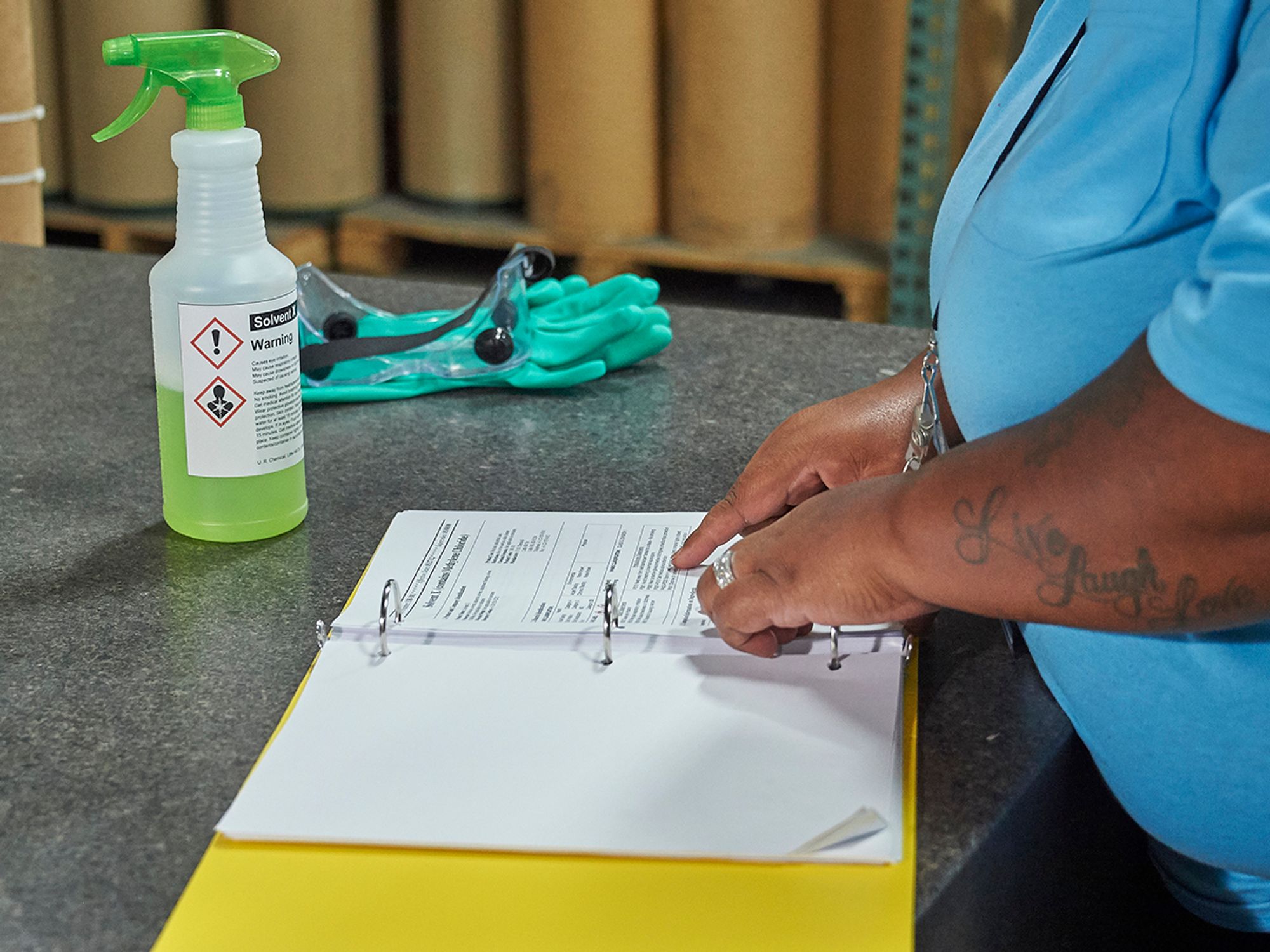InstituteSafety & HealthGeneral Industry SafetyToxic and Hazardous Substances - OSHAToxic and Hazardous Substances - OSHAEnglishAnalysisFocus AreaCompliance and Exceptions (Level 2)USA
Basic requirements
['Toxic and Hazardous Substances - OSHA']

- Employers whose work involves hazardous chemicals must protect workers from injury from those substances.
- Protection measures will include evaluating hazards, proper handling, employee training, protective equipment, regulated areas, and more.
Employers with hazardous chemicals in their workplace must:
- Have labels and safety data sheets for their exposed workers, and train them to handle the chemicals appropriately. The training for employees must also include information on the hazards of the chemicals in their work area and the measures to be used to protect themselves. See 1910.1200.
- Identify and evaluate the respiratory hazard(s) in their workplaces.
- Use engineering and work practice controls as the primary means to reduce employee exposure to toxic chemicals, as far as feasible.
- Require the use of respiratory protection if engineering or work practice controls are infeasible or while engineering controls are being implemented.
- Provide personal protective equipment at no cost to employees. This may include coveralls, gloves, head coverings, foot coverings, face shields, vented goggles, or other appropriate protective equipment.
- Conduct medical surveillance on employees exposed to hazardous chemicals in the workplace. Most sections in Subpart Z require initial monitoring of employees exposed to airborne contaminants at or above the time-weighted average (TWA) permissible exposure limit and/or excursion limit. After the initial monitoring, periodic monitoring samples must be conducted at a frequency and pattern that represents with reasonable accuracy the levels of employee exposure. In no case must sampling be at intervals greater than six months for employees whose exposures may reasonably be foreseen to exceed the TWA permissible exposure limit and/or excursion limit. Maintain accurate records of medical surveillance (time periods vary).
- Keep an accurate record of all measurements taken to monitor employee exposure.
- Establish regulated areas wherever airborne contaminants are in excess of the TWA and/or excursion limit. Regulated areas must be marked with signs and set off from the rest of the workplace in a manner that minimizes the number of persons who will be exposed.
- Post warning signs at each regulated area. Warning signs also must be posted at all approaches to regulated areas so that employees may read the signs and take necessary protective steps before entering the area. See individual sections in Subpart Z for sign specifications.
- Ensure that employees do not eat, drink, smoke, chew tobacco or gum, or apply cosmetics in regulated areas.
